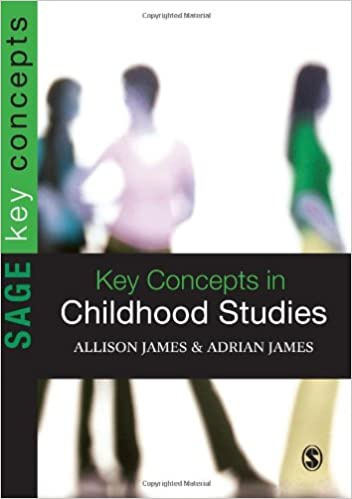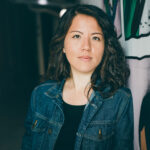December 15, 2020
The Master in Child Studies - Part 2
In this series of posts, I describe the contents and my impressions of each course from the Child Studies Master program syllabus. You can check Part 1 if you have not done it yet.
The third course is Anthropological Perspectives in Children and Childhood. This is a very important topic, because although most people recognize that children’s lives around the world are different, the dominant view is still that ‘children will be children’ as if there was a universal child figure, as all young people would follow similar patterns of growth/maturity, an understanding that also configures a standard of what should be considered appropriate or desired childhood practices.
So in this course we are introduced to cross-cultural understandings of what it means to be a child and to grow up, but we are encouraged as well to observe children in real-life environments of the culture in which we participate as a small anthropological field work exercise. Very important for students who wish to conduct research with children and young people are also the ethical issues in relation to field work, as informed consent and the power dynamics between the one who does observation and those who are observed.
Here I would like to share with you a famous TED talk by author Chimamanda Ngozi Adichie, “The dangers of a single story”.
The question she poses about the danger of a single story is a provocation for those who want to produce knowledge about other people’s experiences and practices, but also important for all of us who are the readers, viewers and consumers of the knowledge and the information produced by specific people whose references and positioning impact their knowledge production, also under contextual circumstances and dynamics.
The next course is Sociological Perspectives on Children and Childhood. So far students have become familiar with the understanding that ideas on childhood and practices of childcare are socially construed, varying in different contexts. But how can researchers analyze the child figure and how it is positioned in society? Which methodologies can be used to collect and analyze data about children’s lives? In this course we learn and discuss about children’s agency, what is means to take the child’s perspective in sociological research, and what a researcher must take into consideration when looking for “children’s voices”.
One peculiarity of this course is that the examinations are done in the form of a portfolio instead of exams. So the student has several assignments to complete, and all of them are gathered in a final portfolio, where one also reflects on their own study journey in this course. For those interested in the topic, you can read a few of the pages from the book “Key concepts in Child Studies“. This book works as a kind of glossary, discussing briefly several concepts and providing further literary references.

Source: amazon.com
And this is the end of the summary of my experiences of the courses I took in the first semester of the Master Program in Child Studies. As I am on my way to finish the third semester, a lot more will come in the next posts.
Until next time, hej då!



